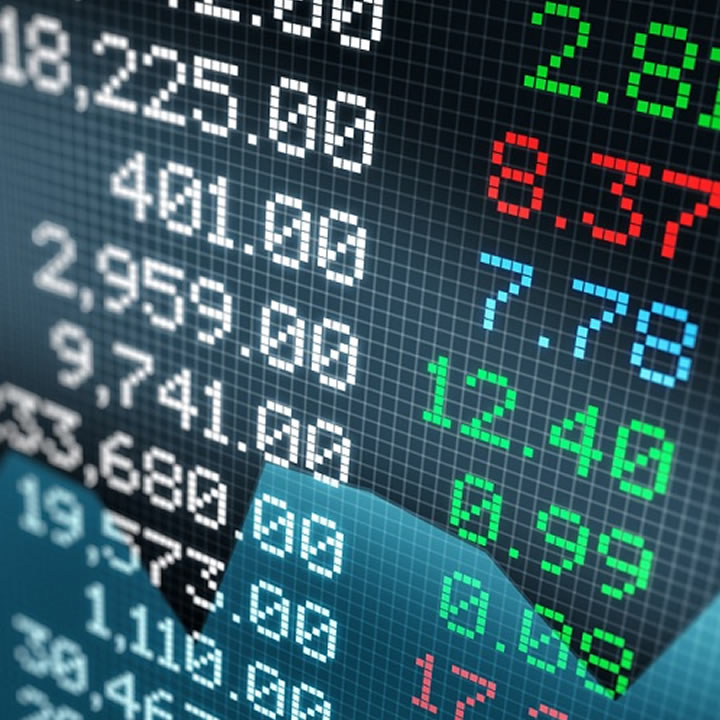CFD (Contract for Difference) trading is a popular form of derivative trading that allows investors to speculate on the price movements of various financial instruments without actually owning the underlying asset.
CFD traders use charts to visually represent market data to identify trends, patterns, and potential profit opportunities. This guide will explore advanced techniques for analyzing CFD trading charts to help traders make more informed decisions and improve their overall trading strategies.
Fundamentals of Chart Analysis
Before diving into advanced techniques, it’s essential to understand the fundamentals of chart analysis. CFD traders should understand key chart elements such as price bars, candlesticks, and technical indicators.
Price bars or candlesticks represent a particular trading period’s open, high, low, and closing prices.
These can be displayed in different timeframes, such as daily, hourly, or even minutes. Technical indicators are mathematical calculations based on price data that can provide insights into market trends and potential price movements.
Understanding Trends
One of the first things CFD traders should look for when analyzing charts is the direction of the trend. A trend is a general direction in which prices move upwards (bullish) or downwards (bearish).
Traders can use trendlines, moving averages, and other technical indicators to help identify trends and potential trend reversals. It’s important to note that trends can vary in duration and strength, so traders must monitor price movements and adjust their strategies accordingly.
Advanced Chart Patterns
In addition to trend analysis, CFD traders can also use advanced chart patterns to identify potential trading opportunities. Price movements from these patterns can provide insights into market sentiment and likely future price movements.
Some common chart patterns include head and shoulders, double tops and bottoms, and triangles.
Traders must understand that these patterns are not foolproof signals and should be used with other technical indicators for confirmation. It’s also crucial to note that these patterns can occur on different timeframes, so analyzing charts in various timeframes is essential to get a more complete picture.
Multiple Timeframe Analysis
Analyzing charts in different timeframes can provide a more comprehensive view of market trends and potential trading opportunities.
For example, if the daily chart shows a strong bullish trend, but the hourly chart shows a possible trend reversal, traders may want to re-evaluate their trading strategy or wait for confirmation before entering a trade.
By combining multiple timeframes, traders can make more informed decisions and improve their trading success.
Fibonacci Analysis
Another advanced technique for analyzing CFD trading charts is the Fibonacci analysis. This method uses the Fibonacci sequence and ratios to identify potential support and resistance levels and price targets.
Traders can use Fibonacci retracements, extensions, and fans to help analyze chart patterns and make more informed trading decisions. It’s important to note that Fibonacci analysis is not a standalone method and should be used with other technical indicators.
Multiple Time Frame Analysis
In the world of trading, those who can analyze different timeframes often lead the pack.
Imagine this: the daily chart shows a strong upward trend, but the hourly chart suggests a possible reversal. It’s like different stories are playing out at once. Smart traders take a moment to think things over before making decisions.
By trading on a platform like ADSS that is equipped with multiple timeframes, a trader becomes a participant and a tactician, aware of the market’s ups and downs.
By staying up to date, they craft a dynamic strategy, poised to embrace opportunity and sidestep the snares that entangle the unwary. This is the art of trading alchemy, where information transforms into gold.
Mastering the Market: The Fundamentals of Chart Analysis
Chart analysis, often called technical analysis, is integral to the modern trader’s toolkit. Whether you’re a seasoned pro or just stepping into the world of trading, a solid grasp of chart analysis is invaluable for making informed decisions, identifying trends, and predicting price movements.
Risk Management and Trading Psychology
Chart analysis is not the only aspect of trading. Risk management is crucial for protecting your capital and ensuring long-term success. Establishing stop-loss orders and evaluating the risk-reward ratio for each trade are critical practices in managing risk.
Moreover, understanding trading psychology can help you make rational decisions and avoid common pitfalls such as emotional trading and herd mentality. Trading discipline, patience, and the ability to control one’s emotions are integral to mastering the market.
Conclusion
Chart analysis is a systematic and skillful approach to understanding market movements and making informed trading decisions.
By mastering the fundamentals, utilizing the right tools, and staying disciplined, you can take your chart analysis to the next level, improving your trading success and building a solid foundation for future growth in the financial markets.
Remember that practice and continual learning are crucial to chart analysis proficiency, and as the markets evolve, so must your analytical skills. Make it a priority to stay up-to-date with the latest tools, techniques, and market trends to remain a competitive and astute trader.

